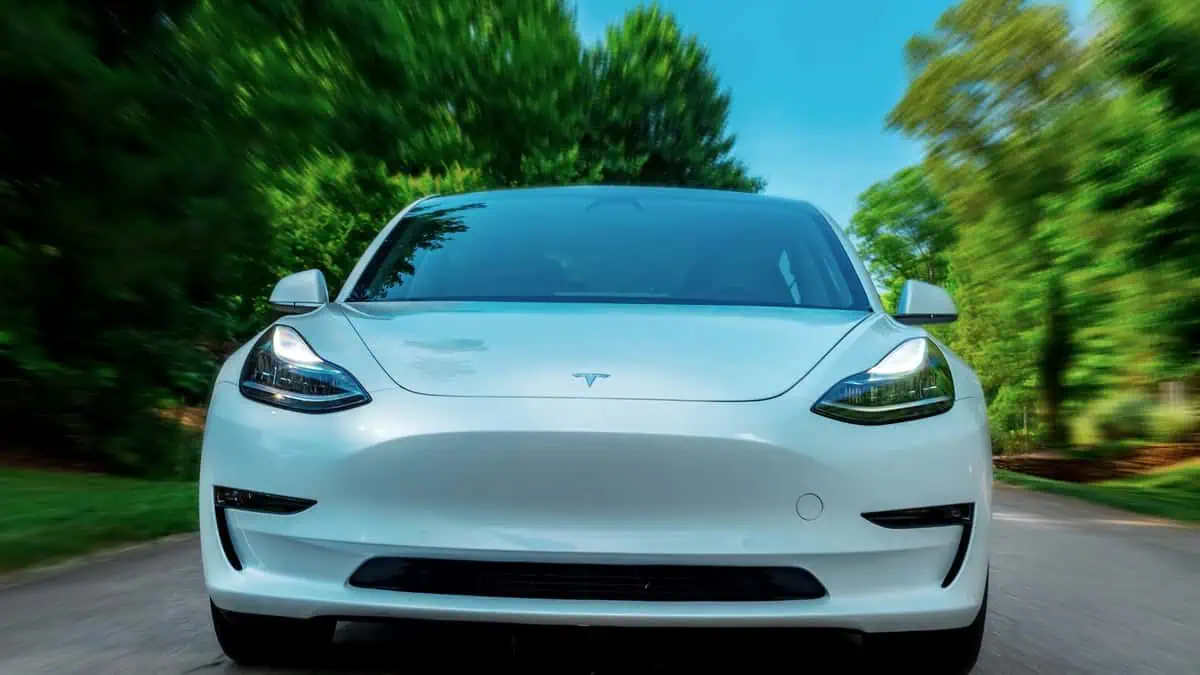As automobile customers took advantage of a multibillion-euro incentive program aimed to make electric vehicles more accessible to regular drivers, more than 100,000 EVs subsidized by the German taxpayer, including thousands of Tesla, are estimated to have made their way abroad.
Only 756,517 of the 890,000 electric vehicles (the vast majority of which were purchased with grants) that were registered in Germany during the past ten years remain in the nation as per the official data, according to Financial Times.
As per the two highest industry officials, the majority of the missing automobiles have been sold to drivers in neighboring nations at a profit, while a tiny portion will have been taken out of service.
“By the time the one millionth new battery electric passenger car is registered later this year, close to one-fifth of those cars would have left German roads during the last decade,” said Matthias Schmidt, a Berlin-based analyst who carried out the research.
“The loser is the German taxpayer, who is indirectly subsidising clean air in cities outside of Germany.”
Since 2016, Germany has given grants to buyers of electric vehicles totaling at least €4.6 billion. However, buyers must adhere to specific standards to receive the subsidy. Depending on the specific car’s size, initial cost, and if purchased for a fleet, buyers are eligible for a subsidy of up to €6,000 per vehicle.
However, Schmidt speculated that a large number of subsidized vehicles may have ended up in Denmark, where taxes on new automobile purchases made EVs more expensive for several years than in neighboring countries.
Furthermore, the number of EVs registered in Germany was greater than the number purchased in Denmark as per the data from the Danish car importers association De Danske Bilimportører. This indicates that many EVs were imported.
Additionally, only 76,690 of the 98,000 Teslas registered in Germany by July of this year are still operating on its roads, implying that every fifth of Tesla has left the German market, according to Schmidt.
Having said that, Die Linke claimed that it was always apparent that the incentives were “susceptible to fraud.” For those unaware, Die Linke is a longtime critic of the subsidy program because they believed it would only benefit companies and not the regular drivers it aimed to reach.
“The fact that there was not even a one-year holding period [before a car could be sold on] is more than a technical error and opens the door to fraud,” said MP Bernd Riexinger.
Learning their lesson, the German coalition government plans to cut the subsidy program and eliminate incentives for fleet vehicles from September 2023. Additionally, the government announced that it would raise the minimum ownership period before a car may be sold from six months to a year to address the reported abuses of the scheme.
“Anyone wanting to sell their subsidised electric car after less than a year would then have to pay back the subsidy,” the German economics ministry said in a statement.
“The loss in value of a used car is significantly higher after 12 months, so the business model of reselling to other European countries would become much less attractive,” he added.
In an effort to seek an alternative to aid regular drivers instead of the subsidy program that is obviously prone to abuse, it was emphasized that Germany needs a used automobile market, “especially for buyers with lower incomes.”






